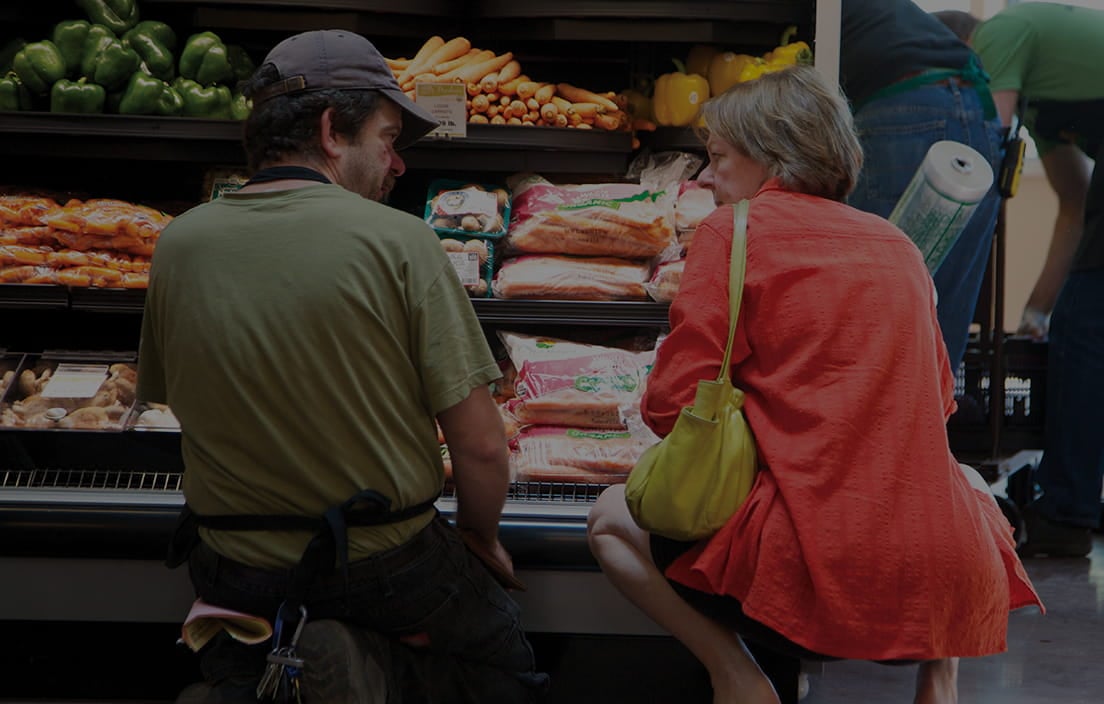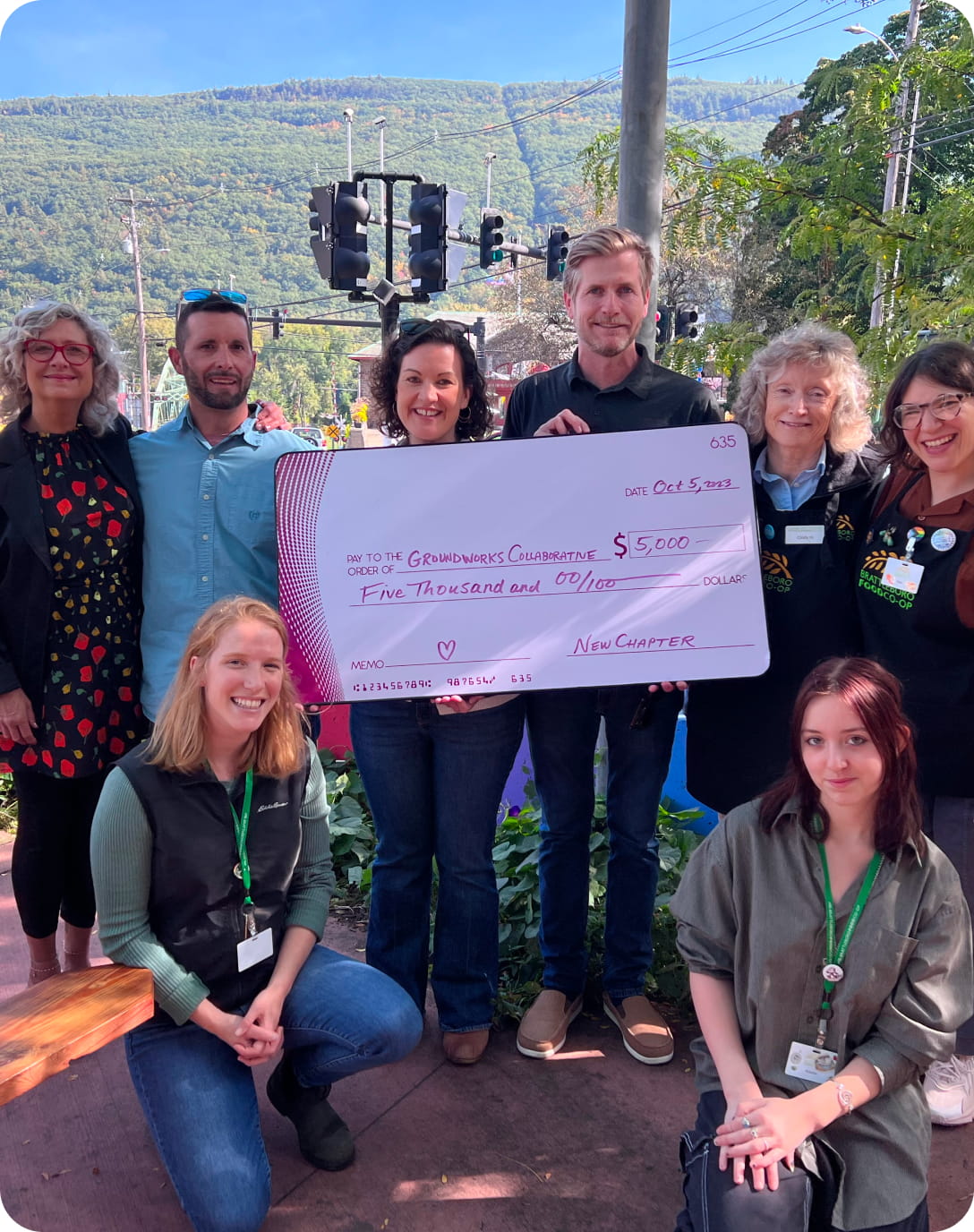Green Mountain Blue Cheese
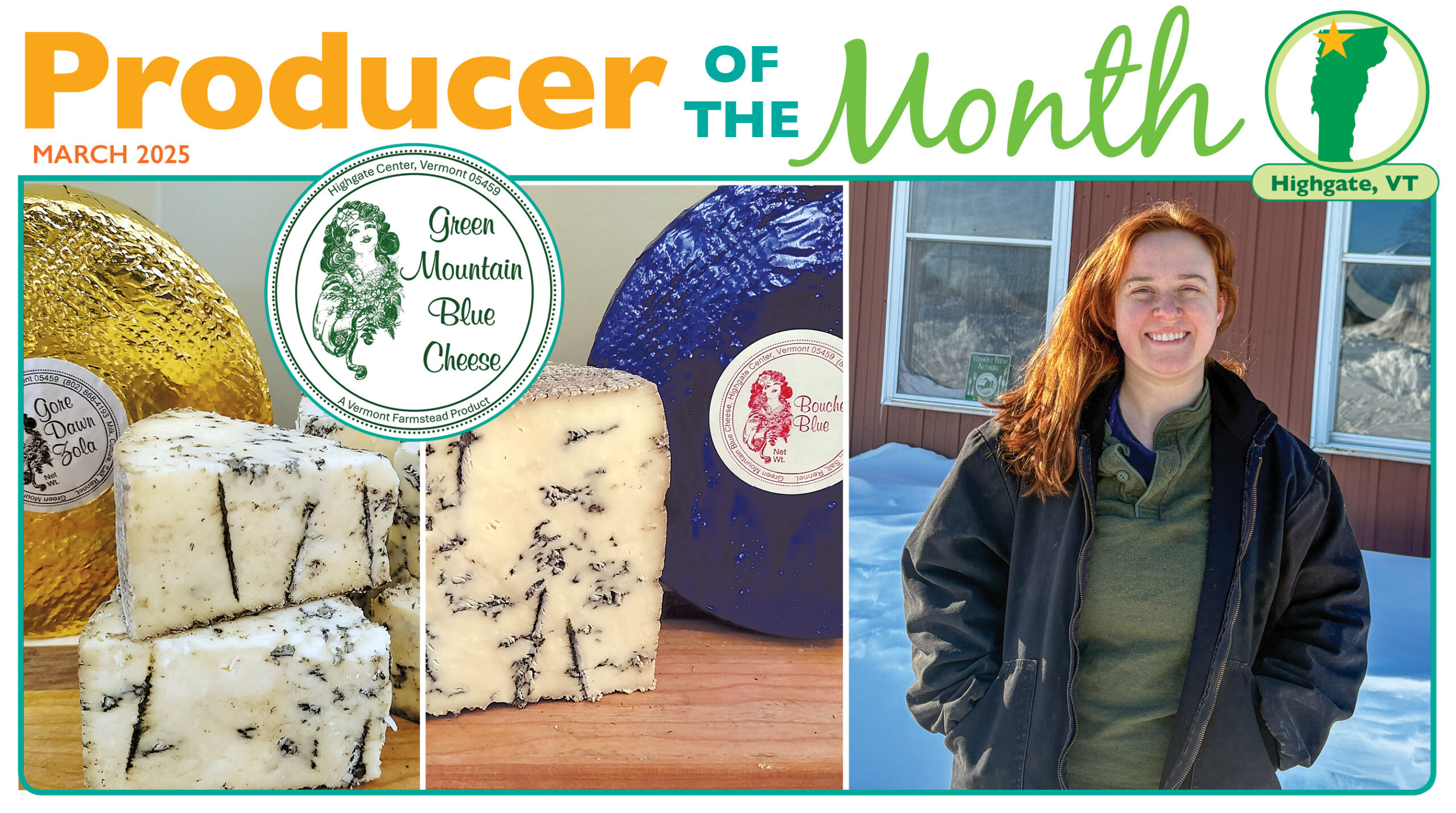
Kayleigh Boucher, the young cheesemaker of Green Mountain Blue Cheese, comes from a long line of dairy farmers. The Bouchers have been dairy farming in northern Vermont for three generations, but for ten generations before that, her ancestors raised cows across the border in Canada. Kayleigh is in the process of taking over Green Mountain Blue Cheese from her aunt, Dawn Morin-Boucher. Dawn and her husband, Kayleigh’s uncle Dan Boucher, started the business a quarter century ago as a way to add value to the milk from the Boucher’s herd. This was in the very early stages of what has since become a local cheese renaissance in our state. At the time it was quite rare to be a small artisanal cheesemaker, particularly of blue cheese. Dawn decided to make blues because of that open space in the marketplace, and because blue cheeses don’t require as much aging, so the transformation from milk into a sellable product is much quicker than with other varieties. Plus she liked blue cheese! Now, on the same farmland that has sustained her family for generations, Kayleigh is carrying on this family business with a renewed sense of purpose and meaning.
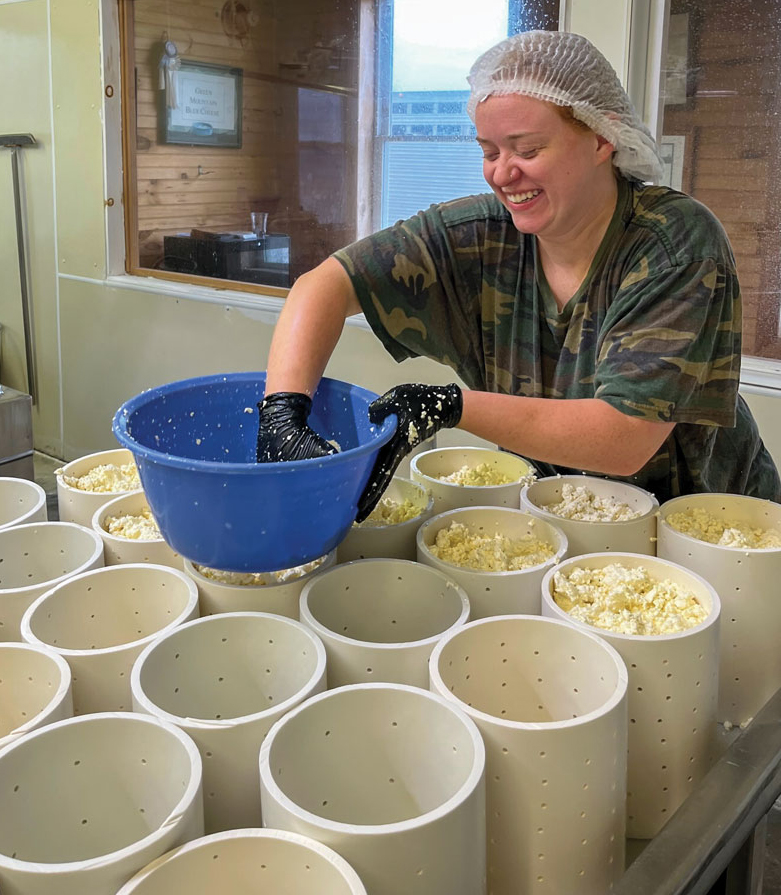
During the first three years of the pandemic, Dawn was forced to shut the doors of Green Mountain Blue Cheese. Without orders coming in from restaurants, and with fewer customers, it became impossible to carry on. Kayleigh graduated from UMass Amherst with a degree in Sustainable Food and Farming around that time, and came back to the family property to help get the business up and running again. She now helms Green Mountain Blue Cheese, with help from their tight-knit community of family and friends.
No matter how closely intertwined the dairy herd may be with the cheesemaking operation, even the finest quality artisanal cheeses are typically made with milk that has been cooled for storage and then gently heated. At Green Mountain Blue, however, morning milking happens at 4 AM and that milk goes straight to the facility to be turned into one of their three varieties: Boucher Blue, Madison, or Gore-Dawn-Zola. The milk is never cooled or heated; it’s absolutely as fresh as could possibly be, and totally raw. Also unusual is that the cows are fed the same food all year, which gives the cheeses a level of consistency that one doesn’t often find. The mixed herd of about two hundred cows eats haylage grown by the family on approximately one thousand acres of land around Franklin County. These two practices—the fresh milk, and the consistent, fresh feed—give Green Mountain Blue Cheeses a great advantage over other cheeses.
The Bouchers are in a time of transition: they’re in the process of merging their farm with another family farm from down the road. The Bouchers still own the herd of cows and work with the family they merged with to do daily operations. Kayleigh herself does the milking a few nights a week to help out. But throughout this transition and into the future, Green Mountain Blue Cheese will be made with the milk produced on site.
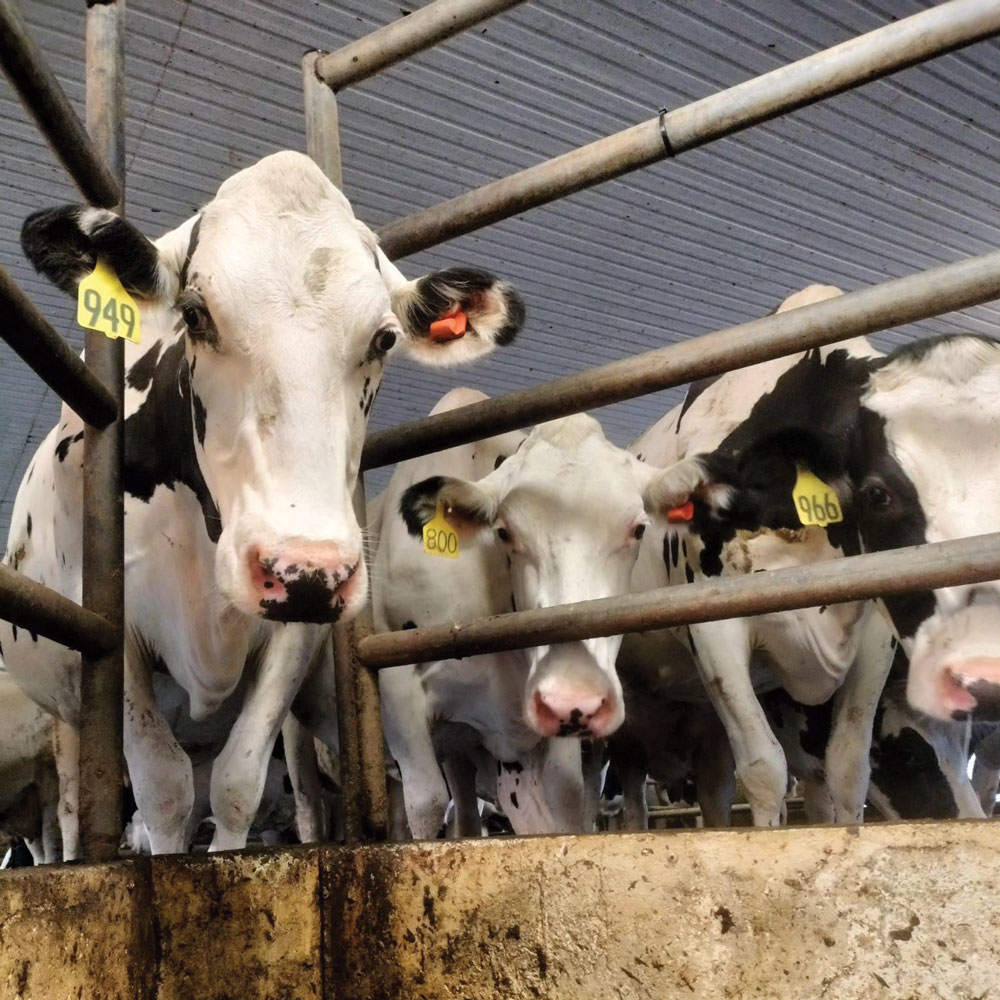
Being self-taught, it took two years of trial and error for Dawn to land on the recipes that Kayleigh is still using today. These are the same recipes that have received numerous awards from the American Cheese Society (ACS), including top prize in their category in 2024 for Boucher Blue, beating out at least one legendary blue cheese! Green Mountain Blue Cheeses are remarkable. The recipes haven’t changed since her aunt created them, but each time the cheese gets made is a different experience that requires a lot of sensitivity and observation. Cheesemaking is both a science and an art, and the nexus of that combination lies in knowing how long to let the different parts of the process go; during the making, it’s by the minute, as Kayleigh watches curds forming in the cultured milk; during the aging process, it’s by the day, as she flips and brushes every wheel for weeks and months. All three of Green Mountain Blue cheeses are initially made using the same process, and all use vegetarian rennet, but they contain different cultures and are aged for different amounts of time. Madison Blue is aged six months, while Boucher Blue and Gore-Dawn-Zola need only two to three months to ripen.
For those of you who don’t usually venture into blue cheese territory, try their Boucher Blue. That’s the one that shocked our cheese-obsessed Co-op staff by taking the prize at one of our recent Cheese Madness competitions, winning out over all the cheddars and Alpines that typically make it to the top—a real upset! It was a well-deserved honor that reflects Boucher Blue’s mild, sweet, friendly flavor. Try it on salad, or blend room-temperature cheese and butter on top of a steak with a slight squeeze of lemon juice and some salt and pepper to taste, or baked on figs and drizzled with balsamic glaze.

Gore-Dawn-Zola (named after Gore Road, where the business is, and Dawn) is a gorgonzola-style blue that has a unique flavor profile and a super buttery, luscious mouthfeel. It’s the boldest of their cheeses. Try pairing it with something sweet, like a drizzle of honey, dried fruit, or sweet bread.
Madison Blue (named after Dawn’s other niece, Madison) sits somewhere in between Boucher Blue and Gore-Dawn-Zola in terms of flavor. This one is great for melting. Kayleigh loves adding it to pizza, or pairing it with fresh tomatoes; she also adds it to savory sauces, even using it to enrich a classic marinara.

In the future, you may see Green Mountain Blue bring back a cheese they used to make called Brother Laurent (named after a great uncle because he was a huge fan of the cheese and was always asking questions about the cows; he belonged to a monastery in Canada). It’s a washed-rind cheese that Kayleigh is experimenting with returning to the roster. She’s also interested in developing a soft cheese, a combination of camembert and gorgonzola—or a “cambozola,” as some refer to it.
As a child, Kayleigh wanted to be a farmer, but as an adult prefers the variety of work, creativity, and easier conditions of running a cheese business; she’s still working with her hands, but she’s indoors, and the physical labor is somewhat less intense than a farmer’s job. Apple trees, chickens, farm fields, and red barns surround the Green Mountain Blue facility and Kayleigh’s home. The Boucher property is a beautiful testament to the importance of local agriculture to Vermont’s landscape, and Green Mountain Blue Cheese is a wonderful instance of a contemporary iteration of this generations-old practice.
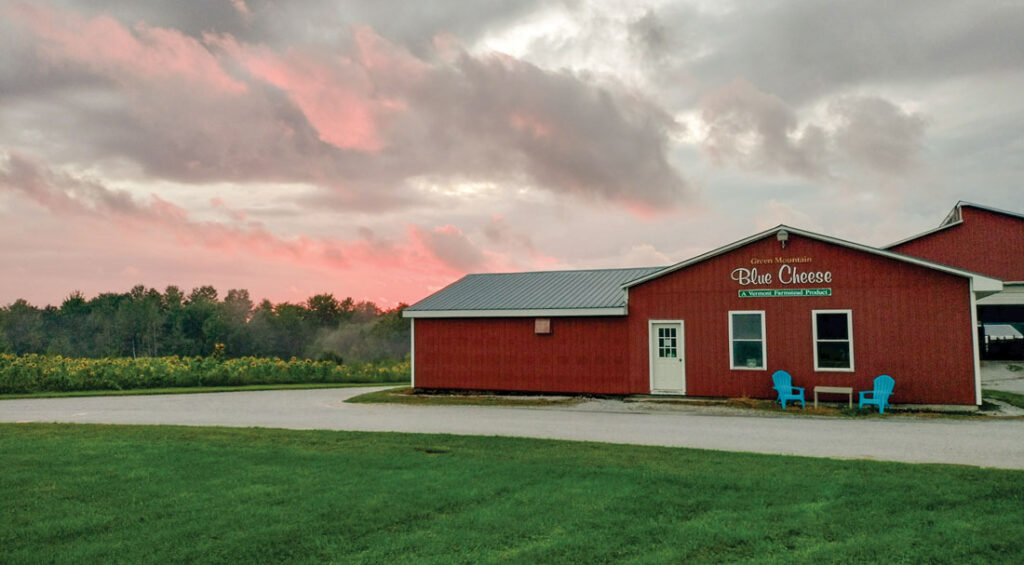
Green Mountain Blue Cheese Demo! Friday, 3/21 from 11:30 am–2:30 pm.
Written by Ruth Garbus
About Producer of The Month
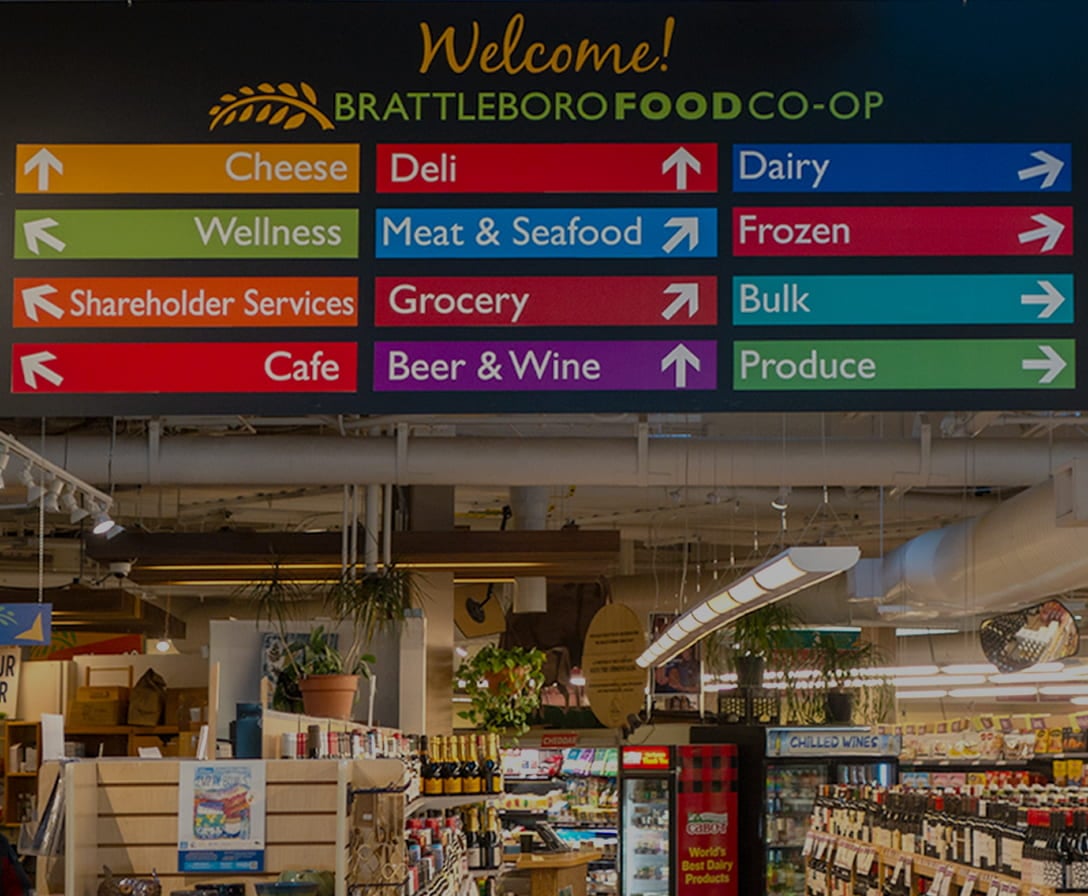
Shop Online

On Sale Now!
